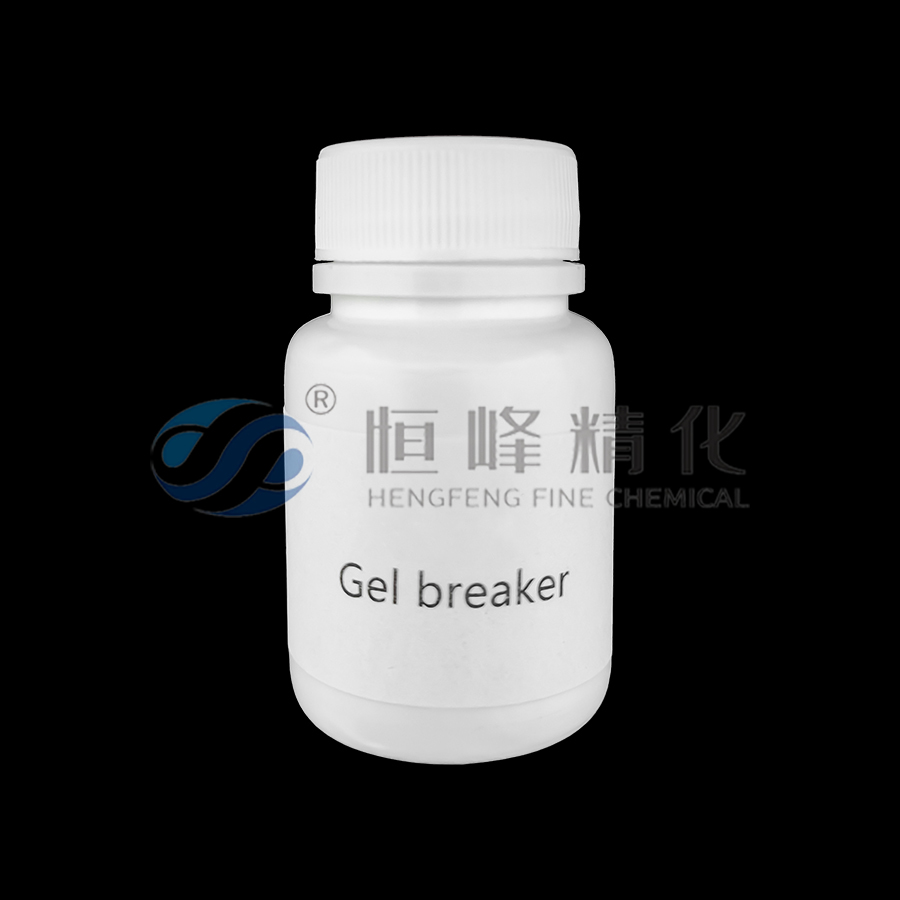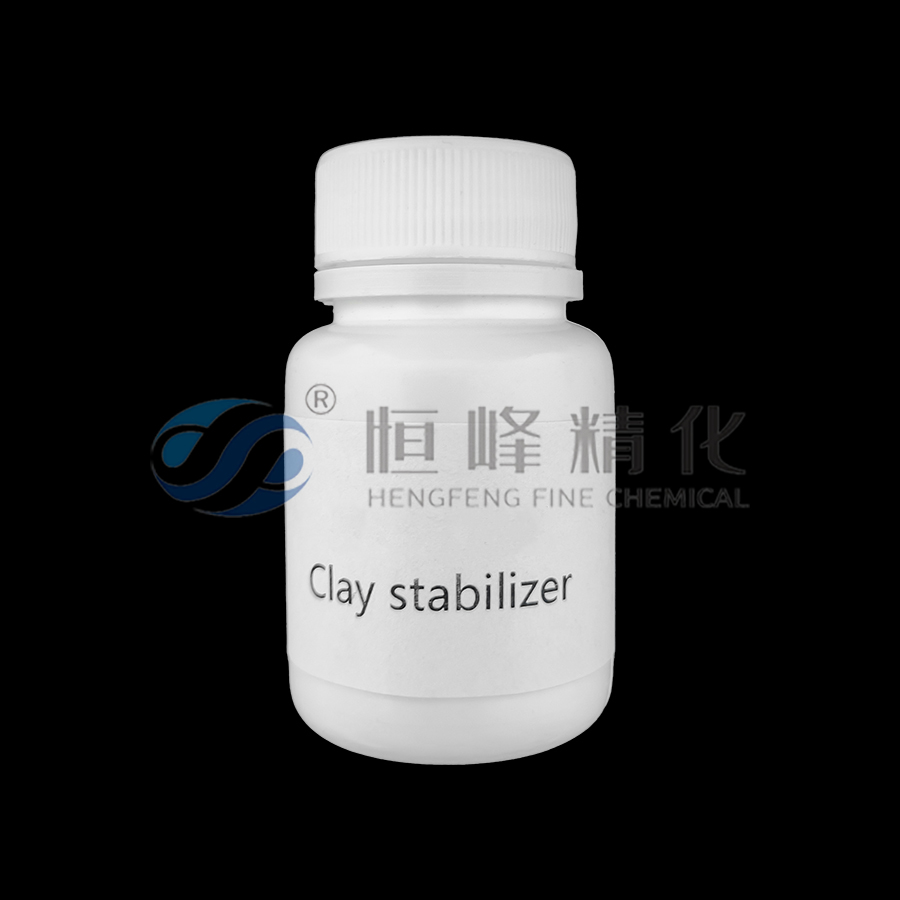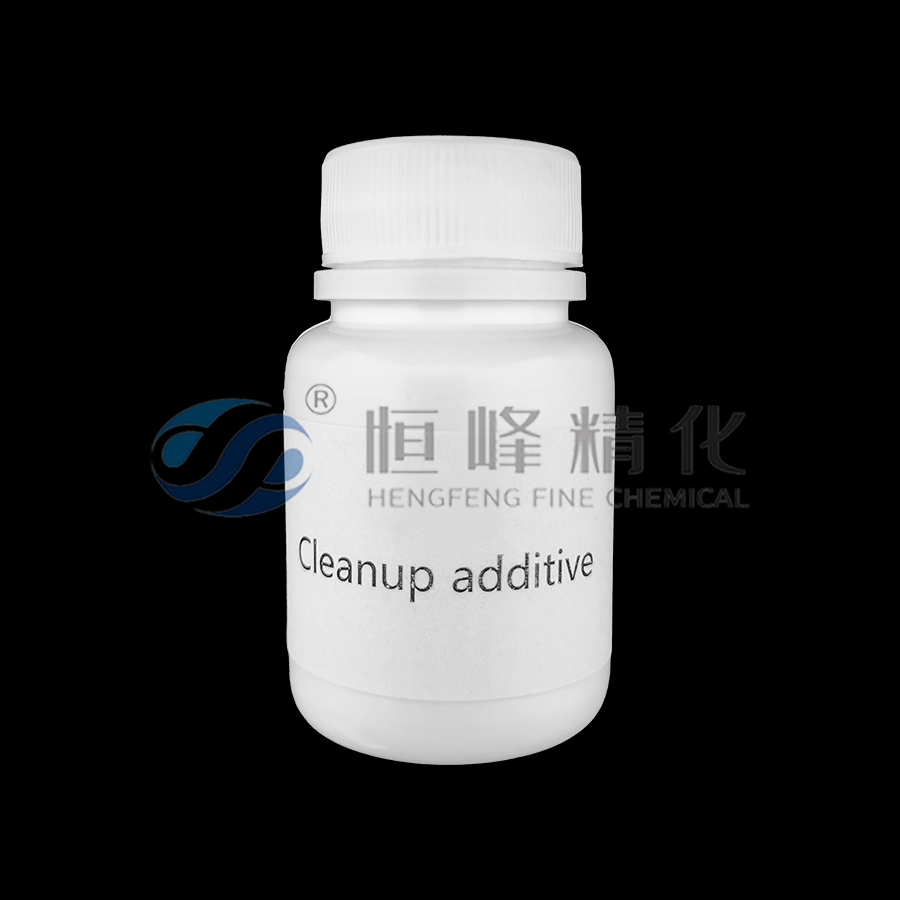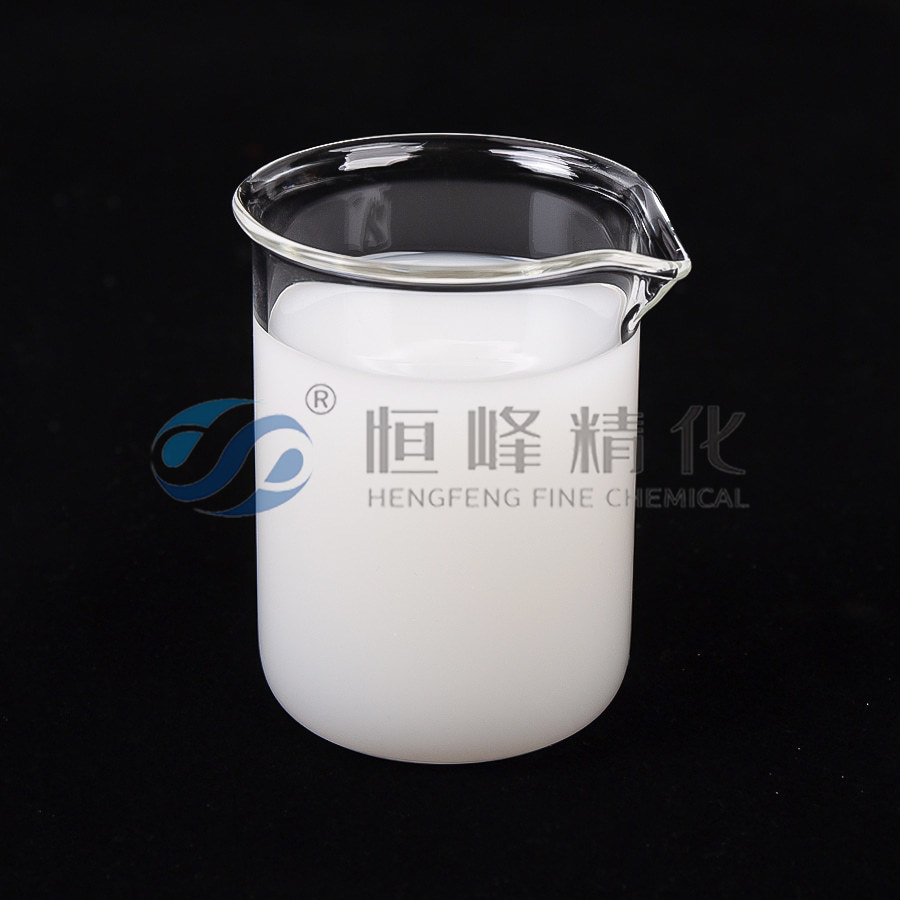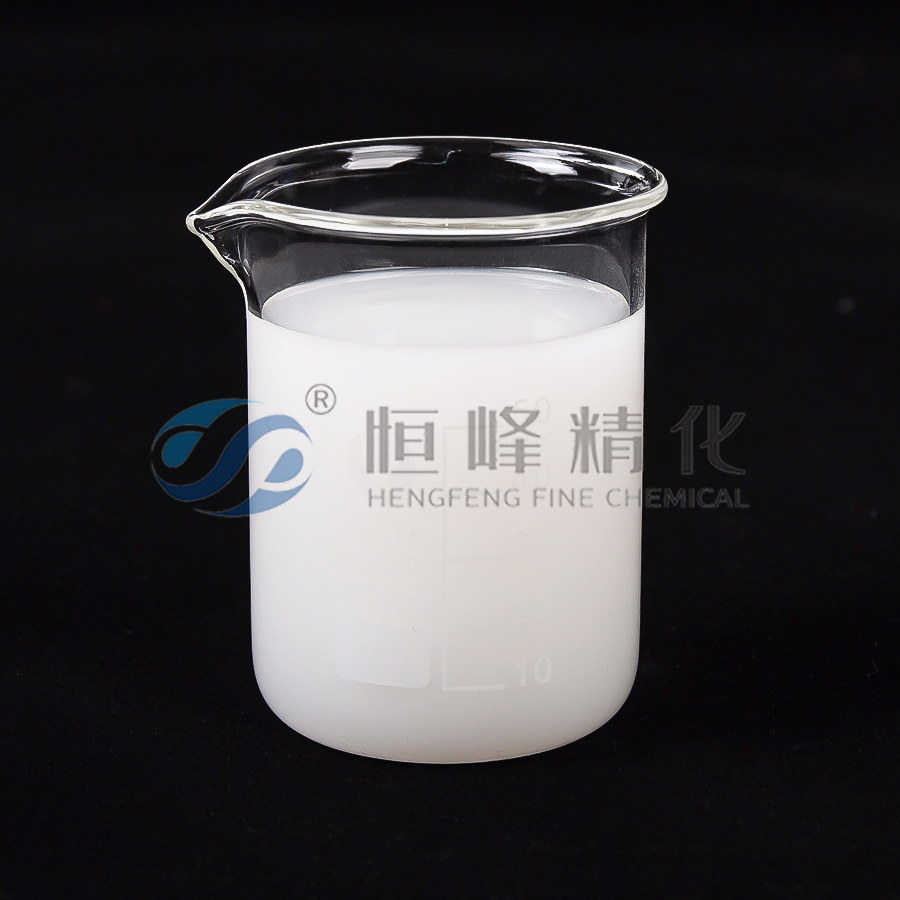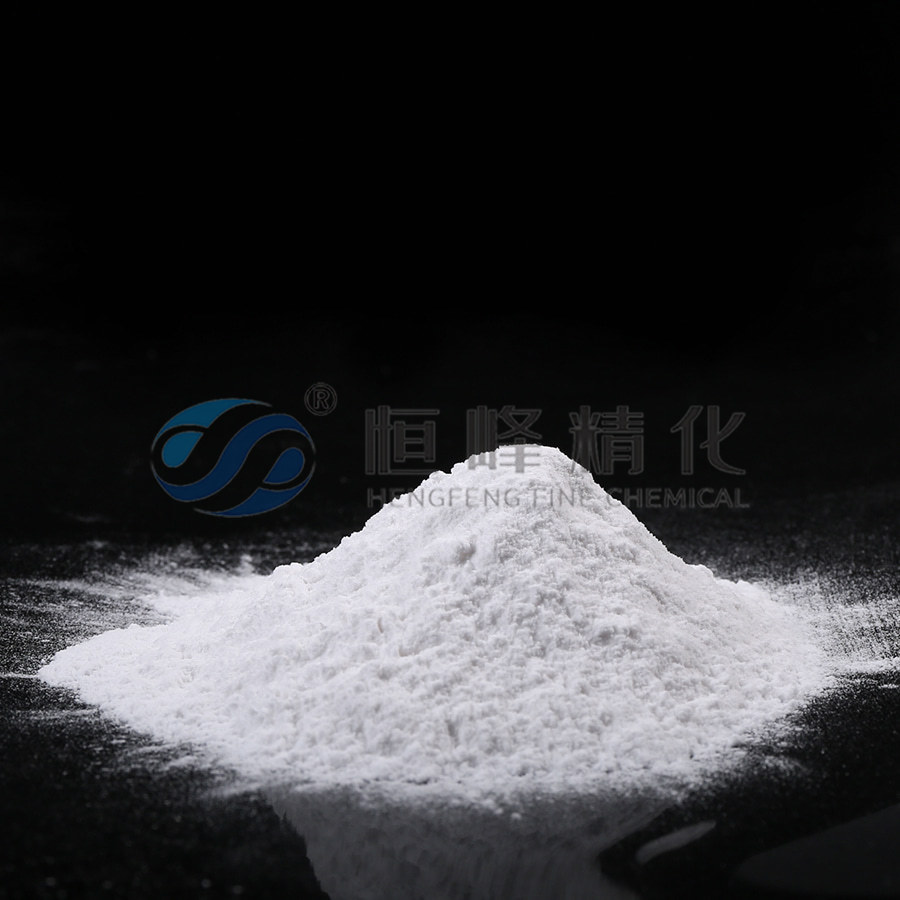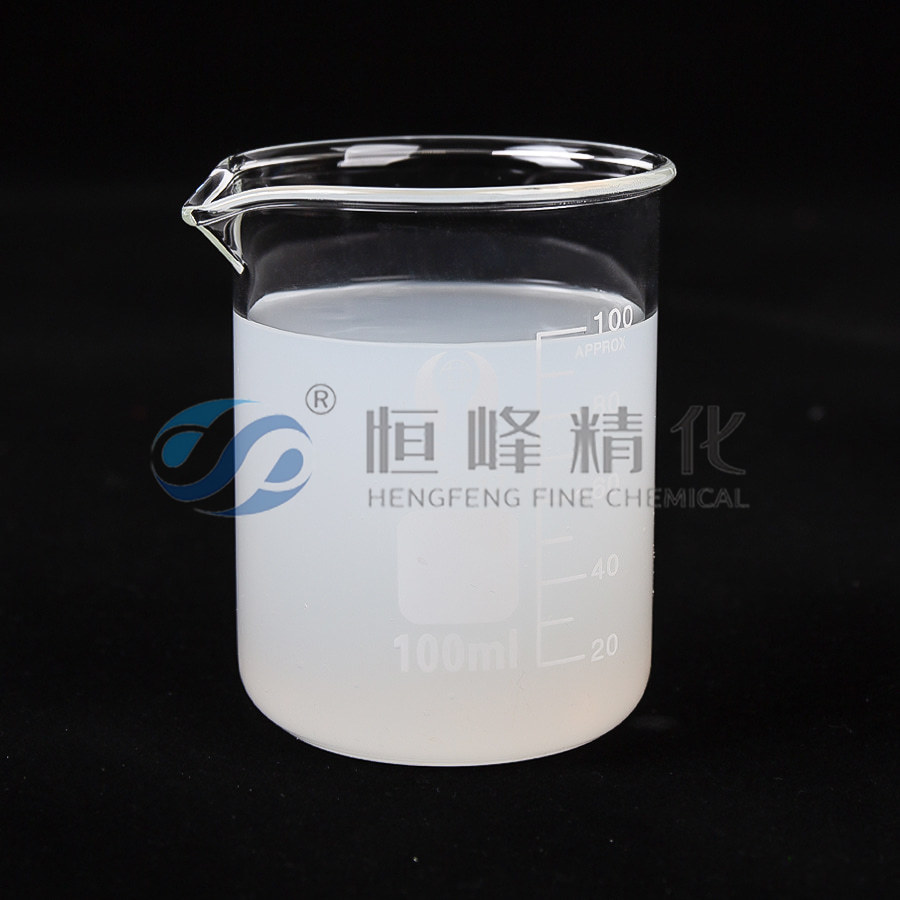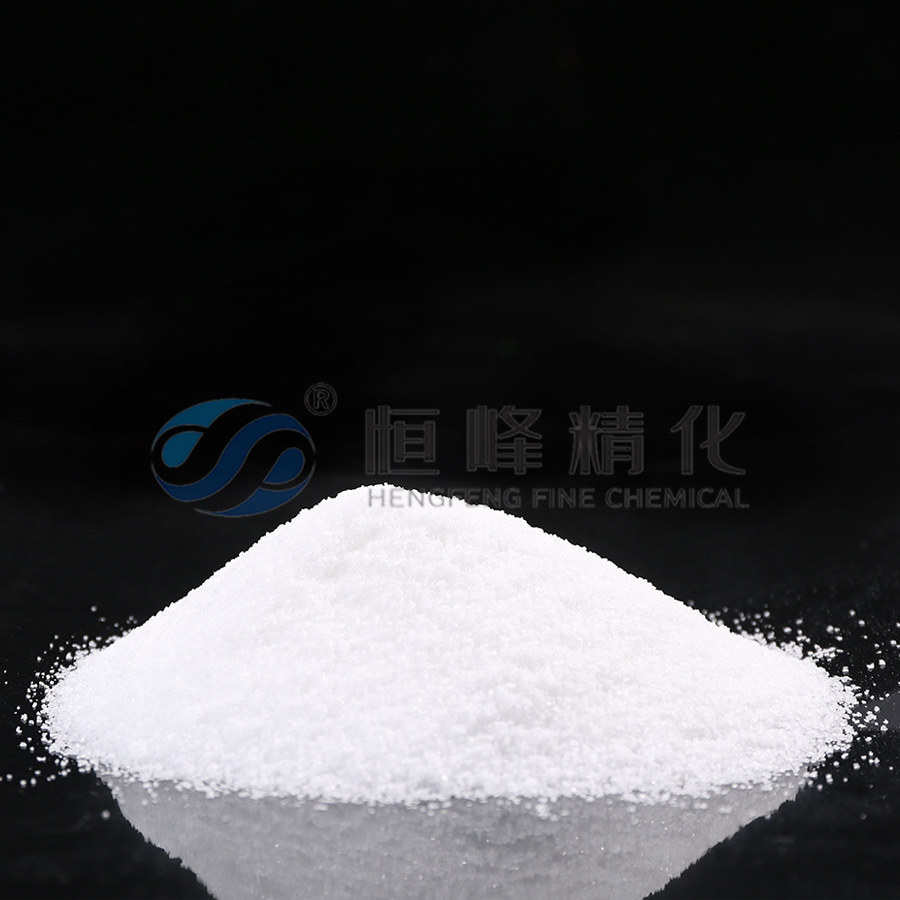Polyacrylamide Advances Toward Green and Sustainable Development
As the global push for carbon neutrality accelerates, green and low-carbon development has become a central goal and guiding principle in the water treatment industry. For every Water treatment Polyacrylamide Chemicals Supplier , the key challenge is how to maintain treatment efficiency while reducing environmental impact and carbon footprint. As a widely used high-molecular-weight flocculant, polyacrylamide (PAM) urgently needs a green transformation in both raw material composition and synthesis methods to meet the industry's new sustainability demands.
In urban wastewater management, treatment processes are increasingly shifting toward multi-stage coordination and process coupling, requiring PAM products to offer higher selectivity and reaction efficiency. The R&D team at Jiangsu Hengfeng focuses on precise molecular structure control, continuously optimizing parameters such as ionicity, molecular weight, and branched chain distribution. These refinements enable efficient capture and rapid sedimentation of various pollutants, significantly enhancing the stability and compliance of final effluent quality. To address the challenges of industrial wastewater, which often contains high salt concentrations, heavy organic loads, and metal ions, Jiangsu Hengfeng has developed more adaptive and interference-resistant product formulations that ensure stable performance even under complex conditions.
Meanwhile, the company is intensifying its research and development of green emulsion-type PAM, with a focus on its performance across a variety of water qualities—such as low- to medium-turbidity raw water, industrial circulating water, and municipal sewage. Field test data from multiple sites show that the new-generation products not only reduce required dosages but also improve flocculation speed by over 10%, while significantly lowering sludge output. This alleviates downstream sludge treatment pressure and helps users achieve energy savings and cost efficiency.
The implementation of green chemistry goes beyond technical upgrades—it requires a systemic shift in enterprise operations and customer collaboration models. Jiangsu Hengfeng has taken the building a traceable carbon footprint data system, ensuring that the environmental impacts of each batch of PAM can be quantified and managed throughout its production, transportation, use, and disposal lifecycle. The company is also aligning its practices with domestic and international green certification standards, exploring a “low-carbon label” mechanism for PAM products to enhance customers’ ESG performance and environmental compliance capabilities.
On the supply chain front, the company has partnered with multiple environmental engineering firms and water utilities to establish joint laboratory platforms. These platforms conduct scenario-based application tests and performance evaluations of green chemicals, aiming to enhance the low-carbon adaptability of PAM across various industries and regions. Through a tri-party collaboration model involving suppliers, end-users, and third-party agencies, Jiangsu Hengfeng is building a more robust system for green technology assessment and promotion.
Looking ahead, the green transformation of polyacrylamide is not only a matter of process innovation—it also reshapes the ecosystem of the entire industrial value chain. Jiangsu Hengfeng will continue to take green chemistry as its foundation, increase investment in low-carbon technology R&D, and deepen its studies on lifecycle assessment and product safety. The company is committed to evolving from a traditional material manufacturer into a comprehensive provider of environmental solutions, injecting fresh momentum into the sustainable development of the global water treatment industry.


 English
English Español
Español عربى
عربى Русский
Русский Tiếng Việt
Tiếng Việt




